A lush green garden that has a thriving irrigation system is a dream for many gardeners.
This captivating heaven can be achieved with the help of the right sprinkler system, and knowing how to operate it is the key. Operating can be a challenging task since the watering needs depend upon certain factors like grass type, soil type, and climate.
In this comprehensive guide, we will delve into each of these factors and let you know the perfect watering schedule for your garden.
Why Your Lawn Needs Water
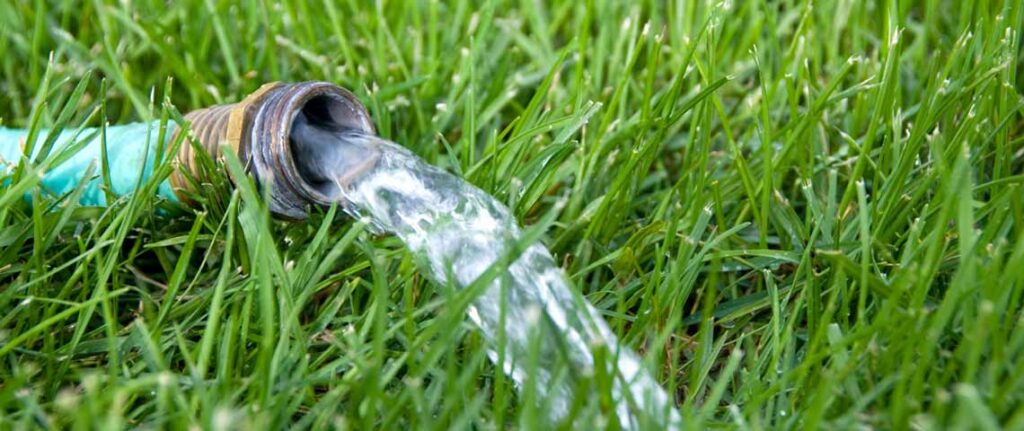
Before we deep dive into the topic, it’s very important to know the lawn requirements and some of the factors that influence it greatly. Some of them are stated as follows:
- Climate: when you live in an area that is constantly affected by heat and humidity, then that signifies that your lawn needs more water. If you live in a cool place, then the water retention might be low.
- Soil category: Understanding soil types is key to understanding your lawn needs. For instance, if you have clay soil in your garden, it would need more watering because it drains quickly. On the other side, if you have clay soil, moisture retention is better.
- Grass type: different sets of grasses have different watering needs, too. For instance, a grass type known as Kentucky would require more water needs than Zoysia, which can tolerate drought.
Seasonal Considerations and Watering Requirements
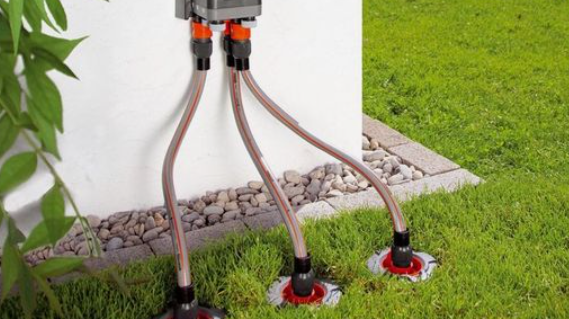
Watering requirements for lawn stays throughout the year, but there are certain seasons that you need to pay careful attention to if you want a thriving garden. They are stated as follows:
- Winter: if you live in an area that remains super cold through the year, then you might stop watering at once. Only when the cold becomes medium, then you can increase your watering
- Fall: During fall, the temperature might be reduced. This means your watering needs can be minimized, and hence, you need water once a week only.
- Summer: This is the time when your garden needs the most water. Hot season means that there is no moisture retention, and hence, you need water 3 times a week.
- Spring: In spring, the temperature shows a gradual rise, and during these times, you need to water 2 times a week.
Pay Careful Attention
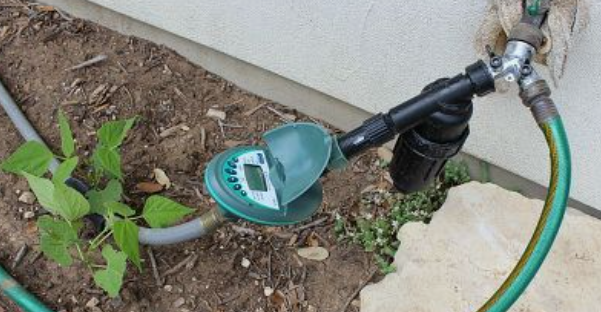
When you feel your lawn from inside, it will show you all the signs that it needs watering. However, there are some common signs that you need to follow :
- Thatch Testing: This is a method where a few inches of soil are drugged to see if it has become dry. If you see them getting dried up, then that means they need water.
- Color Change: if you notice that blue hue patches are appearing in your lawn, then you need to water your garden.
- Wilting Grass: when you walk on the grass and see that your footprints are becoming visible, then it is time that your garden needs water.
Different Watering Techniques
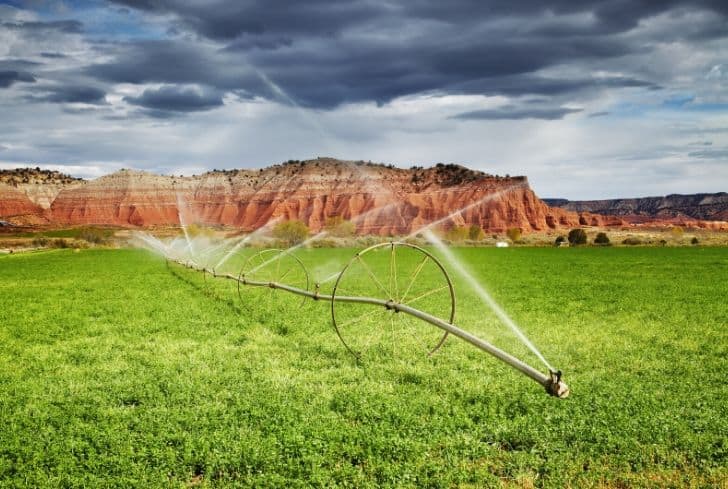
1. The Infrequent Watering Technique
When gardeners want their plants to grow deep roots, they incorporate this technique. In this technique, watering is done to get inside the root zone of the plant, which is 8 inches deep. Since frequent watering is not done and is infrequent, the solid doesn’t get dry. This technique is famous all across the world.
2. Early Morning Technique
To prevent any fungal disease in the plant. This technique is incorporated. The plants are watered from 5 a.m. to 8 a.m. This allows the plant to minimize water loss due to evaporation. Since grass gets dried before evening. No occurrence of fungal disease is seen. This technique is used for gardeners who are early risers.
3. Rain Gauge Technique
A rain gauge lets you know if watering is needed for your lawn. For instance, if you have a rain sensor placed on your lawn and you receive rainfall once a week, that means no watering is needed. On the other hand, real-time data is sent to your system, allowing you to see that your soil needs moisture and water needs to be provided.
4. Check for Compliance
You might be subjected to heavy fines if you don’t follow any guidelines that are mentioned in your area. Certain regions specifically mention the amount of water that your water needs. At all times, make sure that you follow these rules so that you do not face any lawsuits. Don’t neglect this at all costs.
5. Overwatering
Excess watering has the same dangers as underwatering. This means when you water the plant in excess, the root is affected, and fungal diseases may arise, damaging the plant. To avoid such issues, make sure that you don’t fail on your watering schedule and make your garden a captivating oasis
6. Cycle and Soak Method
If you do have a constant flow of water in your lawn and experience water runoff. Then, you can apply this technique. Here, you need to water the plants by breaking them into cycles. For instance, water for 15 minutes and then wait for 30 minutes to absorb; now water again. By doing this, you provide the soil to absorb the moisture.
Takeaway
From the above information, it can be said that there is no specific time frame to water your lawn through the sprinkler system. As a gardener, you need to consider a multitude of factors while making the final call, and that involves soil conditions, climate, seasons, and sprinkler installations.
Understanding how to adjust sprinkler heads and systems is key to achieving efficient watering. Proper adjustment ensures that water is distributed evenly and reaches all areas of your lawn according to its unique needs.
As an additional tip, you can use the lawn aeration method if you forget to water your lawn completely. To do this method, make sure small holes are created in your lawn so that water, air, and nutrients can be absorbed seamlessly to reduce water consumption.
Be sure to check out these other posts for more insights and tips:

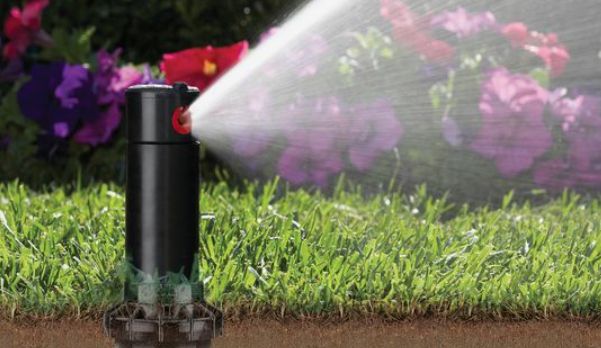
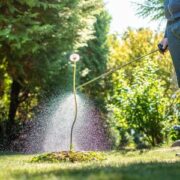
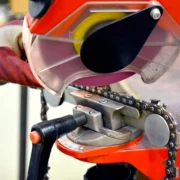


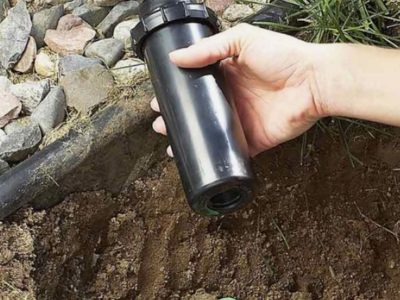
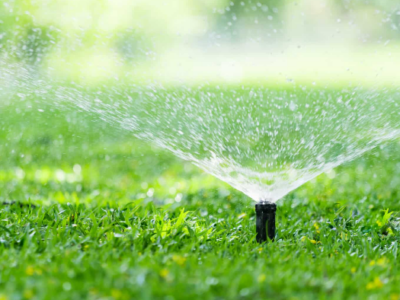
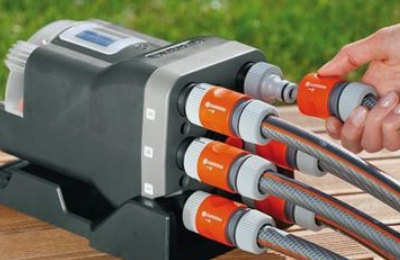

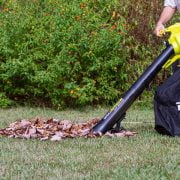

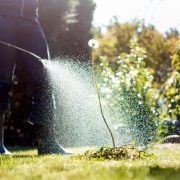

Comments